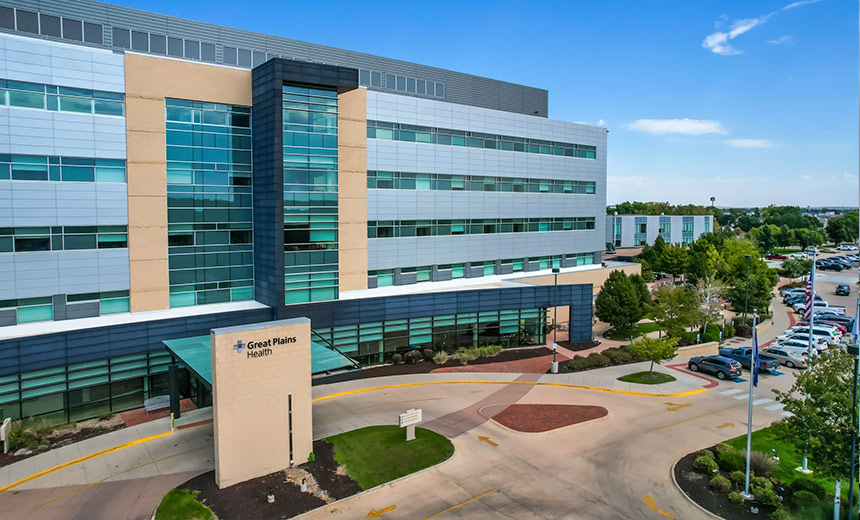Breach Notification,
Fraud Management & Cybercrime,
Healthcare
Ransomware Attack Exposes Personal Data of Over 133,000 at Small Oklahoma Hospital

Great Plains Regional Medical Center, a 62-bed facility in Elk City, Oklahoma, experienced a significant ransomware attack that compromised the personal information of approximately 133,149 individuals. Although the hospital managed to restore its IT systems swiftly following the attack in September, it could not recover all patient data due to the nature of the incident, which was reported to federal regulators on November 7.
The breach, one of the largest documented incidents for a regional or community hospital in 2024, involved unauthorized access to their network server, where an unidentified malicious actor encrypted files during the attack. Hospitals like Great Plains, while vital to their communities, are increasingly becoming targets for cybercriminal groups seeking to exploit vulnerabilities in healthcare systems.
Investigations revealed that the attack allowed the unauthorized actor not only to encrypt but also to copy sensitive files from the hospital’s systems between September 5 and September 8. In their breach notice, the hospital disclosed that while systems were restored, a portion of patient information was irretrievable. The compromised data could have included identifiable information such as names, insurance details, clinical treatment records, and potentially Social Security numbers.
From a cybersecurity analysis perspective, various tactics from the MITRE ATT&CK framework could apply to this incident. The ransomware attack suggests exploitation of vulnerabilities for initial access, potentially through techniques like phishing or software vulnerabilities. Furthermore, techniques for persistence and privilege escalation could have been utilized to maintain access and control over the network, emphasizing the importance of proactive defenses in healthcare environments.
Experts have speculated on reasons for the hospital’s inability to recover certain data, including potential gaps in backup storage efficacy. Scott Weinberg, CEO of a managed IT services firm, noted that insufficiently recent backups could account for the data loss, as could decisions made under the pressure to restore operations quickly.
This incident underscores broader concerns about the cybersecurity challenges faced by small and rural hospitals, which often lack the resources to effectively defend against sophisticated attacks. As such entities provide critical healthcare services to underserved populations, their vulnerabilities can carry significant consequences for patient safety and data security.
In light of these cyber threats, it is imperative that healthcare organizations prioritize cybersecurity training and establish strategic partnerships to bolster their defenses. Reports indicate that some hospitals are already dealing with potential class action lawsuits arising from the Great Plains incident, as impacted individuals may face increased risks of identity theft and other privacy-related issues as a result of their stolen data.
As federal and state agencies become more aware of the cybersecurity disparities faced by rural healthcare facilities, initiatives aimed at strengthening defenses through education and resource provisions are becoming more crucial. Nonetheless, the ongoing threat of ransomware highlights the urgent need for these institutions to adopt comprehensive cybersecurity strategies to protect both their operations and patient data.
